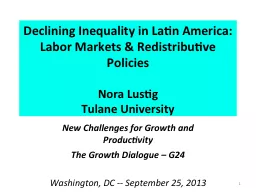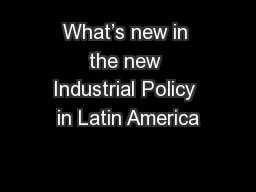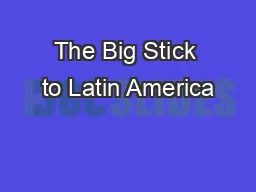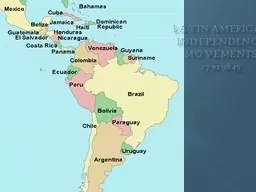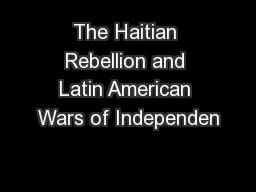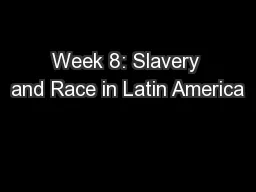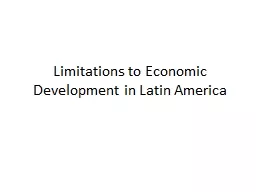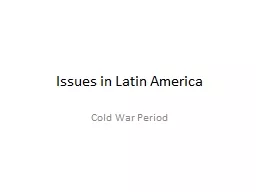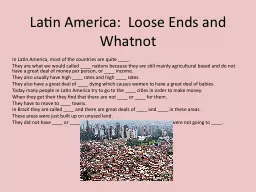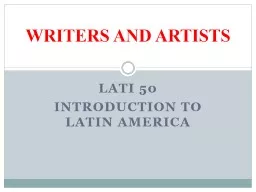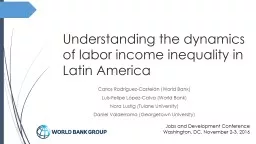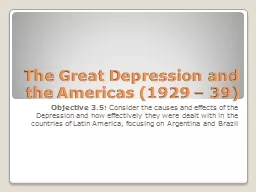PPT-THE AMERICAS LATIN AMERICA
Author : tawny-fly | Published Date : 2018-10-22
FOUNDATIONS 8000 BCE600 CE Neolithic societies in Latin America formed along coastlines and lakes not river valleys Olmec 1500 500BCE Gulf of Mexico Advanced architecture
Presentation Embed Code
Download Presentation
Download Presentation The PPT/PDF document "THE AMERICAS LATIN AMERICA" is the property of its rightful owner. Permission is granted to download and print the materials on this website for personal, non-commercial use only, and to display it on your personal computer provided you do not modify the materials and that you retain all copyright notices contained in the materials. By downloading content from our website, you accept the terms of this agreement.
THE AMERICAS LATIN AMERICA: Transcript
Download Rules Of Document
"THE AMERICAS LATIN AMERICA"The content belongs to its owner. You may download and print it for personal use, without modification, and keep all copyright notices. By downloading, you agree to these terms.
Related Documents


